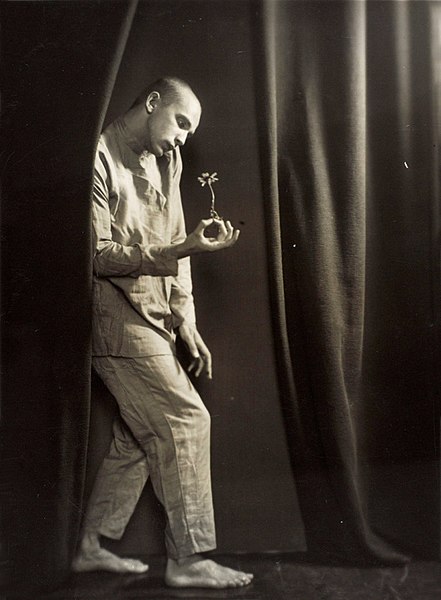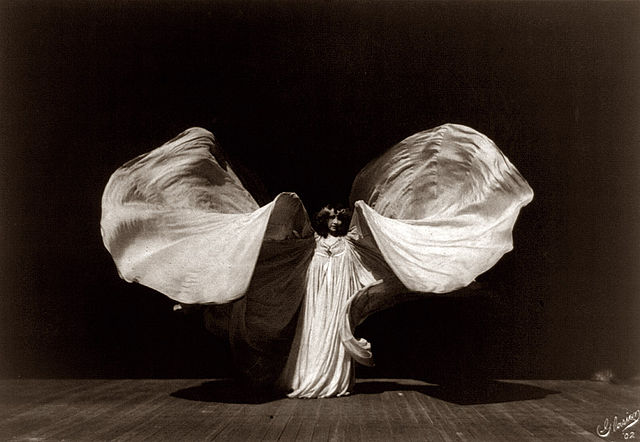Harald Kreutzberg was a German dancer and choreographer associated with the Ausdruckstanz movement, a form in which the individual, artistic expression of feelings or emotions is essential. Though largely forgotten by the 21st century, he was the most famous German male dancer of the 20th century.
Kreutzberg in 1950
Yvonne Georgi, 1938
Ruth Page and Harald Kreutzberg, Country Dance, 1934
Harald Kreutzberg, The Dance of the Fools, 1927
Expressive dance from German Ausdruckstanz, is a form of artistic dance in which the individual and artistic presentation of feelings is an essential part. It emerged as a counter-movement to classical ballet at the beginning of the 20th century in Europe. Traditional ballet was perceived as austere, mechanical and tightly held in fixed and conventional forms. Other designations are modern dance and free dance, expressionist dance or new artistic dance, in Anglo-American countries German dance. In 2014, modern dance with the stylistic forms and mediation forms of rhythmic and expressive dance movements was included in the German List of intangible Cultural Heritage as defined by the UNESCO Convention for the Safeguarding of Intangible Cultural Heritage. German Expressionist dance is related to Tanztheater.
Mary Wigman (centre), a pioneer of expressionist dance, with students at her Berlin dance studio, 1959.
Loie Fuller 1902.
Ruth St. Denis, the ancient Egyptian, 1910.
Isadora Duncan at the sea front 1915.








